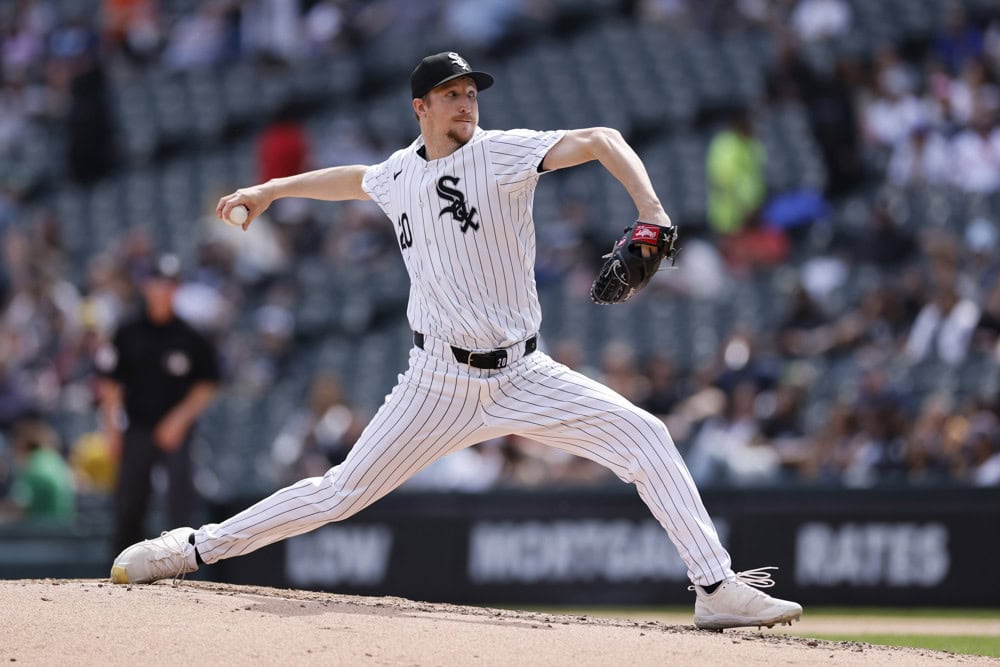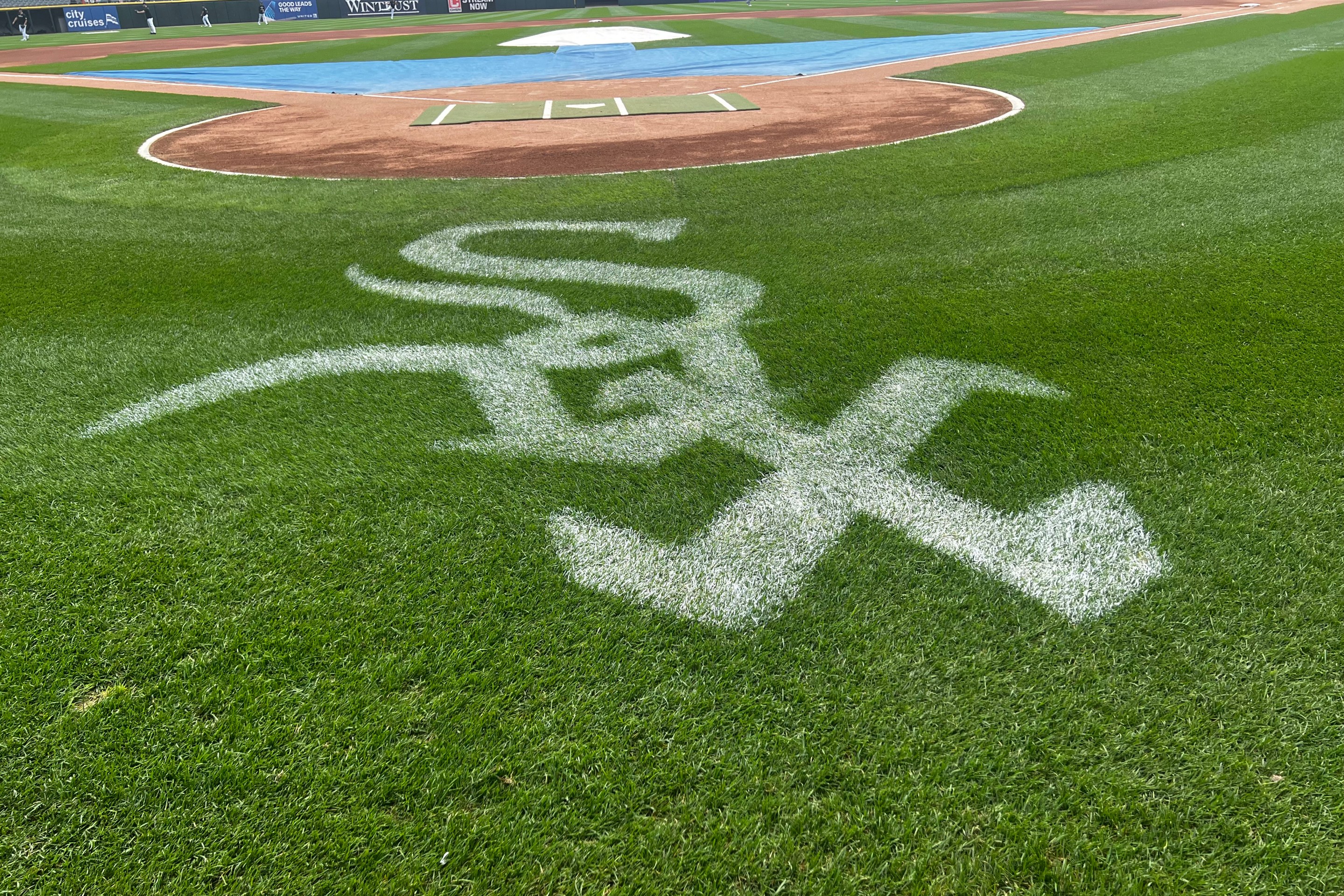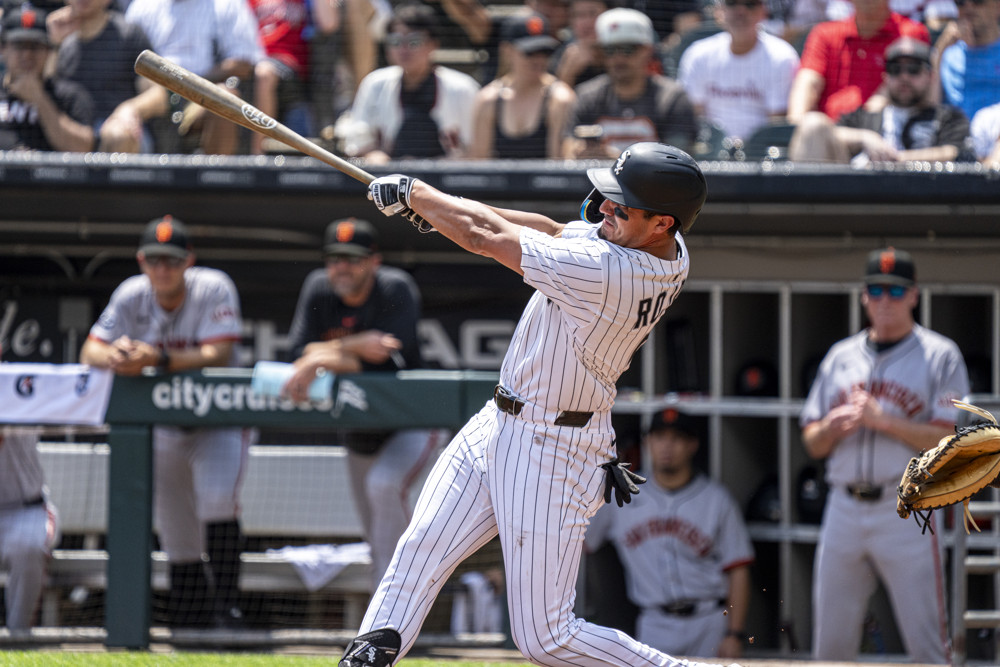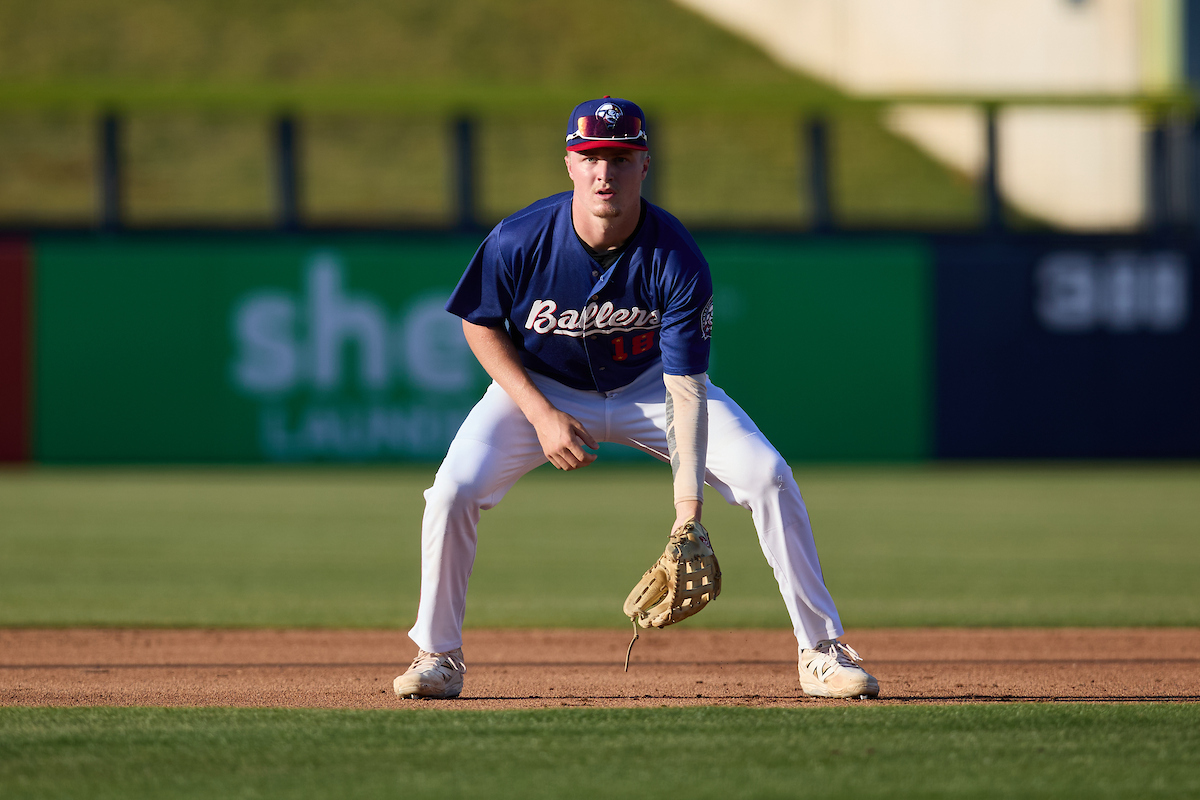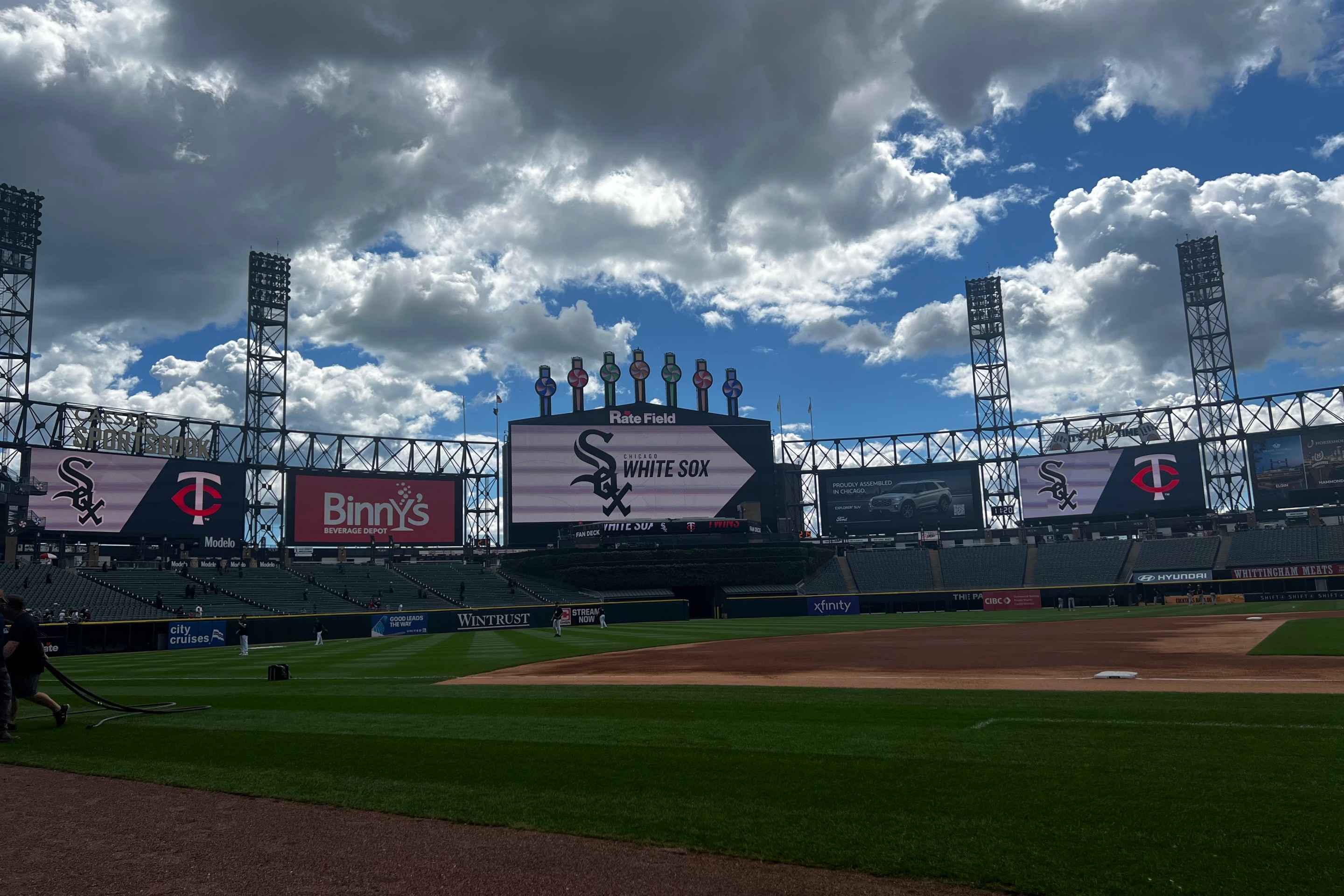As we all know, the Statcast pitch classification system is housed in a hollowed-out tree, run by friendly but hard-working magical elves who have maintained the proprietary formula for generations.
But for the pitchers themselves, the name is often about their intent when they throw the pitch. Garrett Crochet's big left-handed slider can get as much as 20 inches of horizontal movement when he's catching the seams right, but he prefers to avoid the "sweeper" moniker. There are grips, release points and hand placement to consider, but in on-the-ground practice it can often all be cued by what the pitcher is thinking when they throw it.
"I always have thought that it had sweeper profile, but I always just call it a slider," Crochet said. "In my opinion, it's even a little slurvy, but I guess it would have to have more depth to be called that. But I just continue calling it a slider because if I think sweeper, then I feel like it would get too big and get a little loopy. When I call it a slider, I'm trying to get through it more."
The loopiness of it has become an issue of recent for Crochet, as four of the six home runs he's allowed on the year have all come on unsuccessful efforts to back-foot the pitch to right-handed hitters who are already geared to drop their hands on it by all the inside fastballs he's been throwing. His initial read was to ditch throwing back-foot sliders altogether on the heels of his start in Minnesota, but after reviewing video of his pitch locations, he thinks he's been leaving meat on the bone in terms of setting up his off-speed with proper tunneling that accounts for the large amounts of sweep.
"As a reliever I would throw fastballs high arm-side and sliders down glove-side and the two protected each other because they came out of the same tunnel," said Crochet, who sounds like someone planning to crosscheck his in-game observations with the dugout iPad a lot more going forward. "Having the spring training I had and the first two starts I did, I kind of got caught out-stuffing guys. That was what was going on in my mind.
"There were heaters that I was trying to go high up and in and I would paint up and away and I think those were not mistakes, but those accidents led to the success I was having that game, so I think I need to follow that recipe a little bit more."
In contrast is Erick Fedde, who not only gets the breaking ball he threw the plurality of the time in Sunday's sweep-sealing gem tagged as a sweeper, but that's also the noun he's actively thinking of in terms of what he wants the ball to do out of his hand. Naturally self-effacing, Fedde is referring more to raw spin rate when he says, "I've never been a guy that spins the ball well," but to his point he doesn't just rip his hardest slider and watch it move. He employs the predominant sweeper grip used across the league, but throws it with an extra level of intent to distinguish its horizontal movement from his harder cutter.
"It played because it was something I was already doing naturally in a way, but adding intent behind it made it click very quickly," Fedde said of the sweeper. "I have a shorter one with the cutter and then something that plays even bigger. It looks even farther when the sinker is moving in the other direction."
For Fedde, his career's second act turn is about embracing how east-west the orientation of his delivery and pitches have been his whole career. His best sinker movement has come from ditching the old school bromide to "get on top of the ball" on release, and his breaking ball also moved glove-side, just without his current clarity of purpose. Once he embraced that, he began building out the tools to attack every quadrant of the zone, against lefties and righties.
"Talking about opening up all four quadrants of the zone has been really important," Fedde said postgame Sunday. "I've really worked on front hip sinkers and even pitching up and away with a four-seam every once in a while. I think it makes it tougher on the hitters. It's really hard to cover down and up and in and out. It just gives me more weapons.
"I saw a lineup that was strictly lefties against the Twins and I had a changeup, a sinker and a cutter, and today could lean on a sweeper on a righty-heavy lineup. It makes it tough for other teams to pick who they're putting in a lineup. Can't just stack me. That's probably the biggest difference."
At 24, Crochet is at an age and certainly an experience level of starting where he's still trying to figure out what he can do, but getting experienced enough that some of the process is recognizing when he's running into his own limits.
"This offseason I was trying to make my slider harder and then develop a curveball so I would still have the slow, bigger breaking ball," Crochet explained earlier in the season. "But once I started making my slider harder, the shape of it kind of went to shit. So instead of bridging it from the bottom and bringing the slider up, I'm leaving the slider what it is and that's why I brought in the cutter. It's just something between the fastball and the slow boy."
Crochet's huge left hand splits open to wedge the baseball between his middle and ring finger as he starts discussing his changeup grip. While his changeup was a draft night discussion point for what it portended about his future as a starter, it was of a little importance to him on Opening Day, and he and other Sox personnel began to speculate it might not need to be any more than an occasional pitch for him. But after his last few outings have demonstrated that he needs to work the outer half of the plate, Crochet has been returning to the pitch he toyed with through his injury rehab last season, sensing he has to stick with it even if it goes for a hit or two.
The grip evokes thoughts of a splitter but is actually a vulcan changeup, owing to the Dr. Spock hand mechanics Crochet has to pull off for it. His feel for the pitch is relatively raw as changeups can be in the early going, and one of the four he threw in his season debut was clipped for an Andy Ibañez single. The irony in the pitch being labeled as a changeup -- other than that the 90 mph offering is so hard that Statcast initially tagged it as a fastball -- is the grip is a pivot away from asking Crochet to significantly pronate his wrist on delivery.
"The conversations I had with [assistant pitching coach Matt] Wise in spring training is thinking of it like a power pitch," Crochet said. "When I throw it behind in the count, I tend to push it because I'm trying to grab a strike with it instead of trying to rip it. Right now it's finding times to use it where I can continue to develop that. Like throwing it to [Andy] Ibañez 0-0. If I start out 1-0, it's not really the worst thing in the world in my mind."
Which makes it fun to flip around again and refer to Crochet's locker neighbor in Fedde, whose high-80s changeup gets reliably tagged as a splitter every single time because it doesn't have much arm-side movement nor spin.
"I think it's definitely more of a changeup," Fedde said. "Cutter, sinker, sweeper and then having something where I think the vertical [drop] means more there. Maybe it starts to run like my sinker and then drops straight down. It's just finding that little bit of weapon for every direction."
Because of the arm-side run that Fedde's sinker already has, he wanted his splitter to have an extra bit of drop, and not just be a purely softer version of his primary pitch. To get that movement, instead of "turning it over" with his hand so the release gently pushes the ball arm-side, Fedde pulls straight down, and because he doesn't kill much velocity off of it (it was only 5 mph slower than his sinker on Sunday), it reads as a splitter, despite him not claiming that sort of grip.
Any of us who truly enjoy baseball and pitching -- and this is especially true of pitchers themselves -- have to feel excited about the explosion of advances in classifying, designing and grading pitches, which tell us a lot about what is the most effective and outright impressive types of movement in this constantly advancing sport. But the fun reminder that these conversations with pitchers offer is that the most important thing about any pitch is how it works and plays off of everything else happening in the game. And as much as the names are about what each pitch, they're also about what they do for the pitcher.
